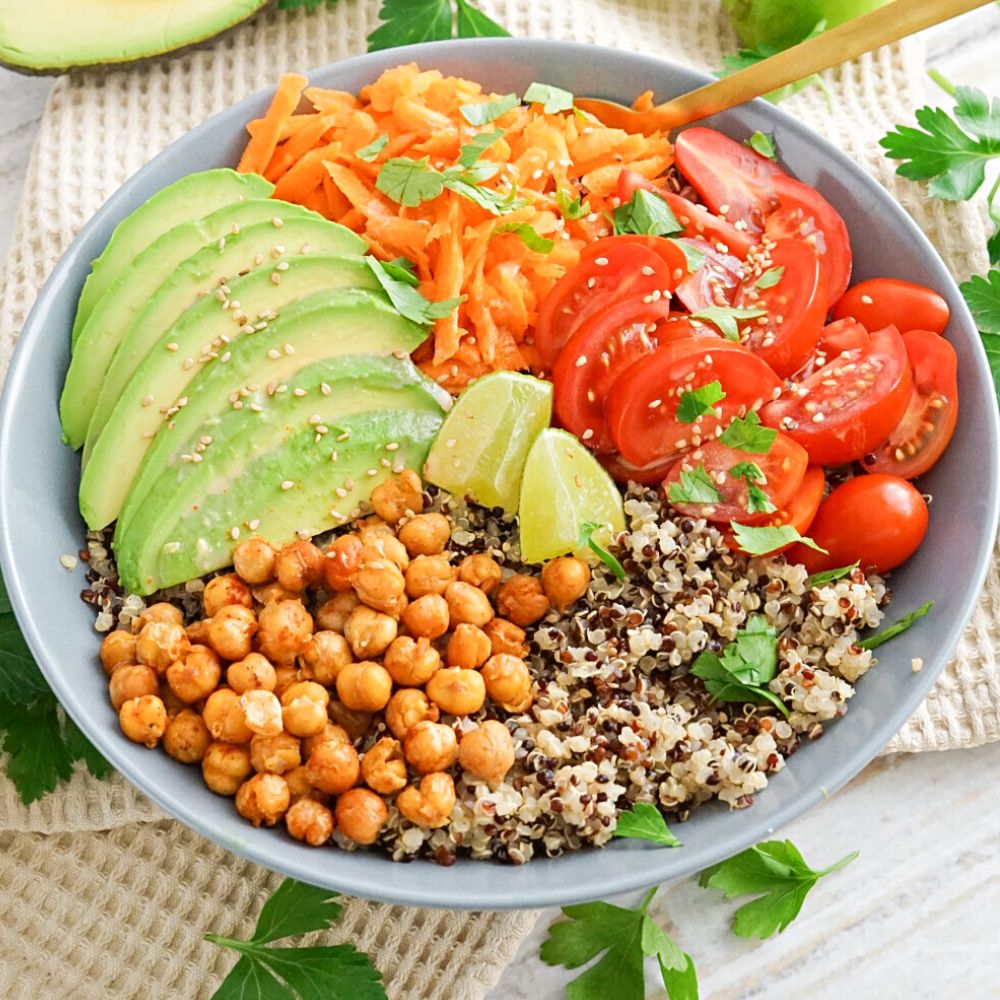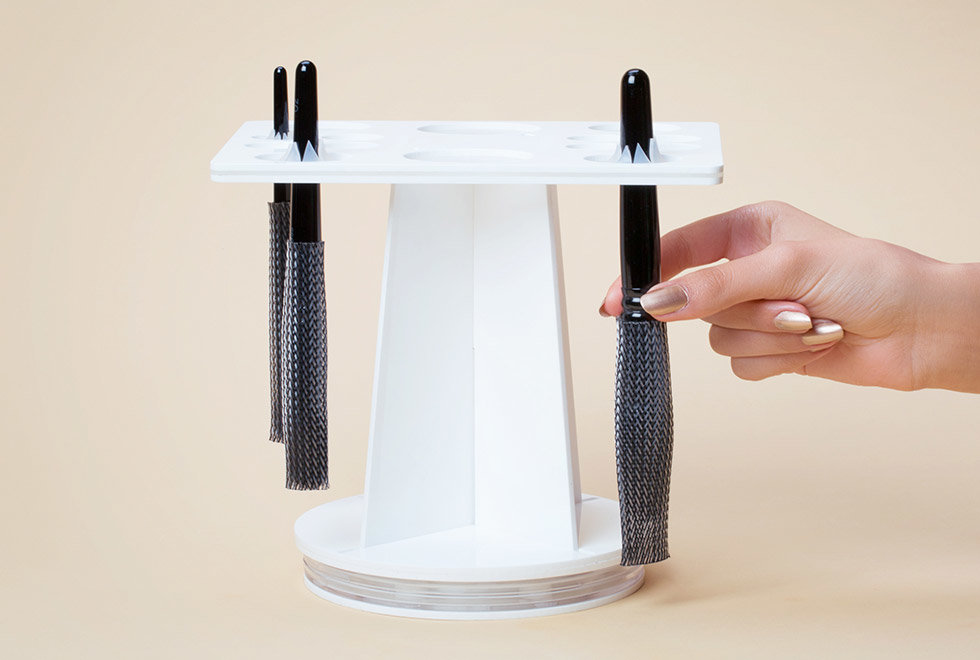Stainless Steel Bowls vs. Plastic: Which Is Better?

Choosing the right bowl for your kitchen can feel surprisingly complex. Do you go for the sleek, modern look of stainless steel, or the lightweight convenience of plastic? Both materials have their pros and cons, and the “better” choice ultimately depends on your individual needs and priorities. This in-depth comparison will help you weigh the options and make the best decision for your home.
Durability and Longevity: A Head-to-Head
When it comes to sheer durability, stainless steel bowls often win out. They’re significantly more resistant to cracking, chipping, and breaking than plastic bowls. A well-made stainless steel bowl can last for decades with proper care, becoming a kitchen workhorse you can rely on. Plastic bowls, on the other hand, are more susceptible to damage. They can crack under stress, especially if dropped or subjected to extreme temperatures. While some high-quality plastics are quite durable, they’re still not as resilient as stainless steel in the long run.
Consider this: dropping a heavy stainless steel bowl might leave a dent, but it’s unlikely to shatter. The same drop could easily crack or break a plastic bowl, requiring replacement. This makes stainless steel a more economical choice in the long run, despite the higher initial cost.
Hygiene and Cleanliness: Keeping it Germ-Free
Both stainless steel and plastic bowls are generally easy to clean, but there are some important differences. Stainless steel is non-porous, meaning bacteria and food particles don’t get trapped in microscopic crevices. This makes it incredibly hygienic, especially for preparing raw meats or delicate foods. A quick wipe down or a wash in the dishwasher usually suffices. However, scratches on stainless steel can harbor bacteria, so it’s important to avoid abrasive cleaners and scrubbing pads that could damage the surface.
Plastic bowls, while also easy to clean, can be more prone to harboring bacteria, especially if they have intricate designs or textures. Scratches and cracks in plastic can also trap bacteria and make thorough cleaning difficult. Additionally, some plastics can retain odors and stains, particularly if not cleaned immediately.
Safety and Health Concerns: Materials Matter
One key consideration is the potential leaching of chemicals from plastic bowls. While food-grade plastics are generally safe, some plastics can release chemicals into food, especially when exposed to high heat or acidic foods. This is a concern that doesn’t exist with stainless steel, which is a completely inert material and doesn’t leach any chemicals into food. This makes stainless steel a safer choice for those concerned about potential chemical exposure.
Another safety aspect to consider is the melting point. Some plastic bowls can melt or warp under high heat, posing a potential fire hazard. Stainless steel bowls, on the other hand, are highly heat-resistant and can withstand extreme temperatures without damage.
Weight and Ease of Use: Practical Considerations
Plastic bowls are significantly lighter than stainless steel bowls, making them easier to handle, especially for those with limited strength or mobility. Their lighter weight also makes them convenient for transporting food or using outdoors. Stainless steel bowls, while more durable, can be quite heavy, especially in larger sizes.
However, the sturdiness of stainless steel can be advantageous. The heavier weight can provide better stability, making them less prone to tipping over during mixing or stirring.
Cost and Value: Investing in Your Kitchen
Generally, stainless steel bowls have a higher upfront cost compared to plastic bowls. However, their superior durability and longevity mean they often offer better value in the long run. You may pay more initially, but you won’t need to replace them as frequently. The cost of plastic bowls adds up over time, especially if you need to replace them due to cracking or damage.
Aesthetics and Style: Choosing the Right Look
This is purely a matter of personal preference. Stainless steel bowls offer a sleek, modern aesthetic that many find appealing. They are often seen as more sophisticated and professional-looking. Plastic bowls come in a wide variety of colors, shapes, and designs, offering more options for those who want a more playful or colorful look in their kitchen.
The Final Verdict: Making the Right Choice
There’s no single “best” bowl material. The ideal choice depends on your individual priorities. If durability, hygiene, and long-term value are paramount, stainless steel bowls are the superior option. If lightweight convenience and affordability are your top concerns, plastic bowls might be a better fit. Consider your cooking style, budget, and lifestyle when making your decision. You might even find it beneficial to have both stainless steel and plastic bowls in your kitchen to cater to different needs.
Ultimately, the best bowl is the one that best meets your specific requirements and enhances your cooking experience.



